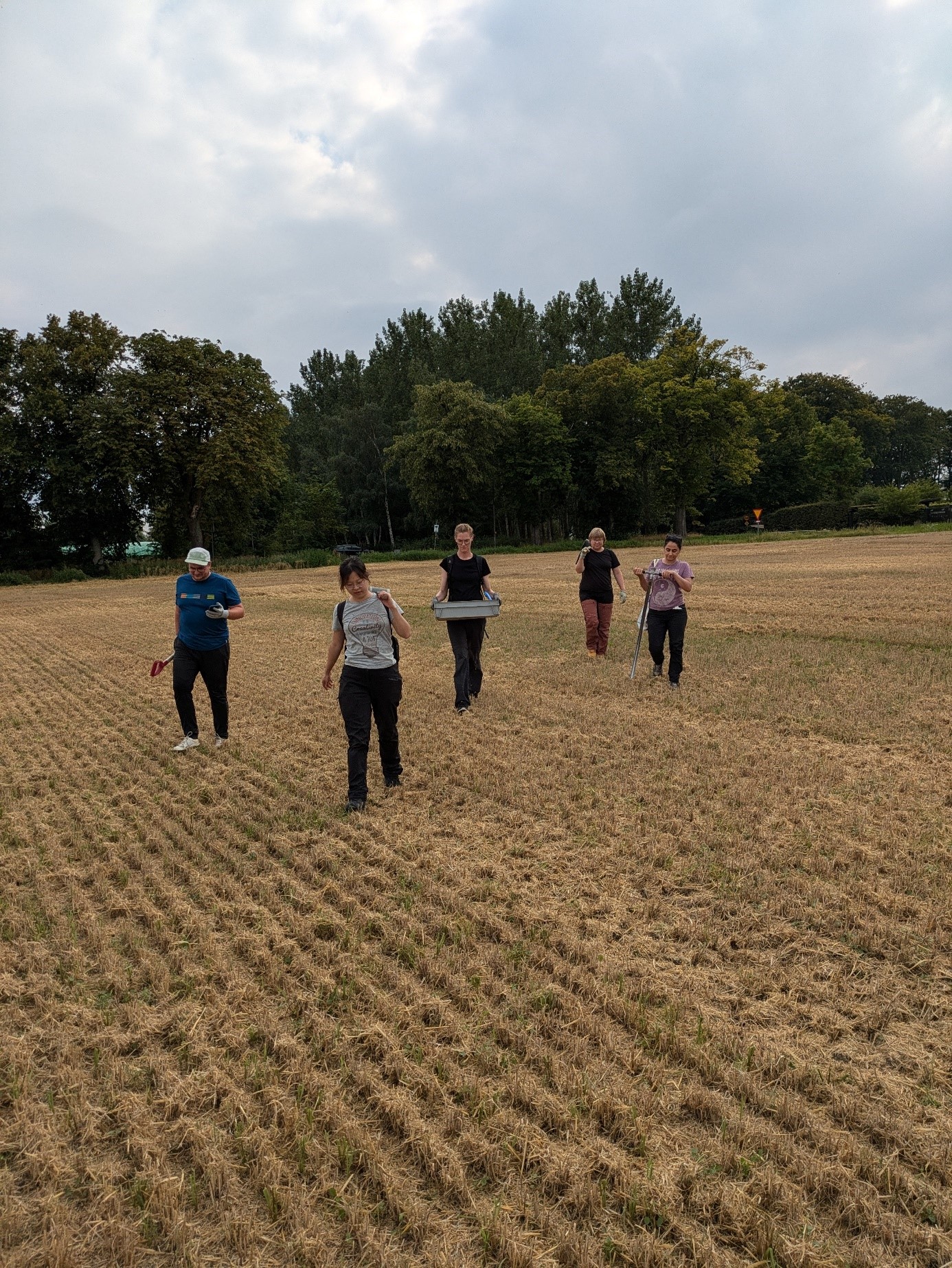SITES Lönnstorp Research Station is one of ten European pilot sites selected to test and evaluate novel in-situ methods for soil analysis under the EU Soil Mission project AI4SoilHealth. In August 2024, a team of scientists representing five different organizations (and countries) gathered at the research station to implement some of these methods.
One of the more established methods is the use of light for determining soil chemical and physical compositions. State-of-the-art microelectronics, light sensing technology and Artificial Intelligence (AI) have led to field spectrometers for in-situ soil analysis, providing instant estimates of key soil properties. However, one limitation is that accurate readings require knowledge of the soil's moisture content. Steel-pinned probes, or soil 'penetrometers', which now operate using the same power as mobile phones and spectrometers, can provide precise measurements of moisture, temperature, and salinity levels on the spot.
Ion Selective Electrodes (ISE) and Ion Sensitive Field Effect Transistors (ISFET) are more mature technologies typically used in laboratories. These methods are now being adapted for field use through robust, portable instruments that can measure soil pH with near-laboratory precision.
Environmental DNA (eDNA) analysis takes the analysis of soils beyond the chemical-physical properties by examining the biological activity in the soils. While eDNA sampling requires specialized laboratories, an alternative is to analyze the enzymatic activity of key metabolic pathways. The Swiss startup Digit-soil has developed a method using a prepared reaction plate and a small, portable desk-top unit that analyzes soil enzymatic activity in under an hour. Despite advances in technology, some traditional sampling methods remain indispensable. For example, measuring soil bulk density still requires soil cylinders, and hydraulic properties necessitate proper infiltration tests. This was evident at the SITES Lönnstorp Research Station, where scientists didn’t just rely on their smartphones but also got their hands dirty digging, hammering, and conducting fieldwork (see picture below).
In late autumn, stored soil samples from the SAFE infrastructure at SITES Lönnstorp Research Station will be analyzed by the AI4SoilHealth project using some of the methods described above.

Scientists from the AI4SoilHealth project tested different in-situ methods for soil analysis at SITES Lönnstorp research station (Photo: Johannes Albertsson).